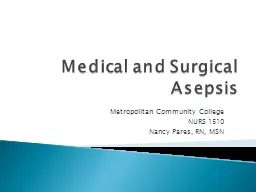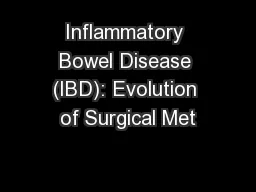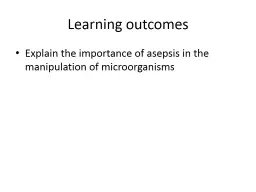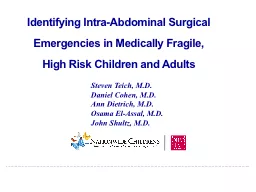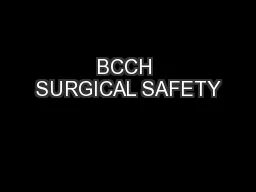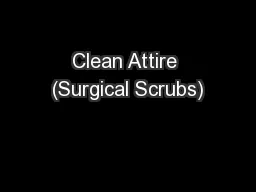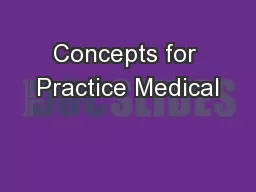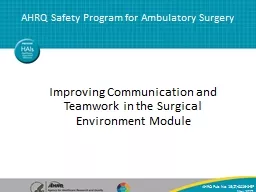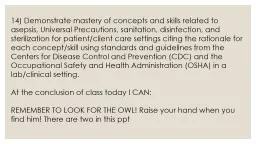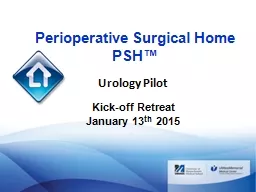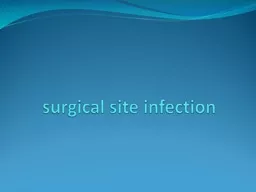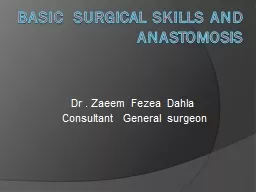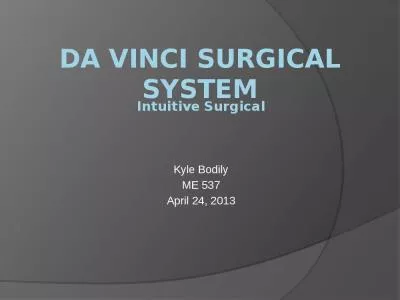PPT-Medical and Surgical Asepsis
Author : debby-jeon | Published Date : 2020-01-18
Medical and Surgical Asepsis Metropolitan Community College NURS 1510 Nancy Pares RN MSN Asepsis absence of germs or micro organisms Medical asepsis technique or
Presentation Embed Code
Download Presentation
Download Presentation The PPT/PDF document "Medical and Surgical Asepsis" is the property of its rightful owner. Permission is granted to download and print the materials on this website for personal, non-commercial use only, and to display it on your personal computer provided you do not modify the materials and that you retain all copyright notices contained in the materials. By downloading content from our website, you accept the terms of this agreement.
Medical and Surgical Asepsis: Transcript
Download Rules Of Document
"Medical and Surgical Asepsis"The content belongs to its owner. You may download and print it for personal use, without modification, and keep all copyright notices. By downloading, you agree to these terms.
Related Documents

